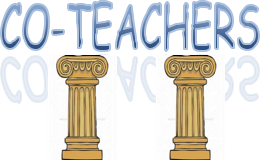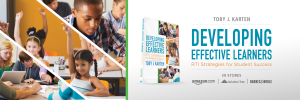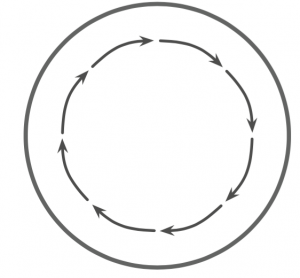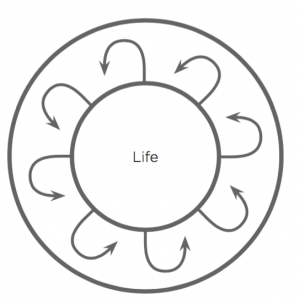Resiliency, Creativity, and Knowledge 
These are extraordinary times for our society and our world. The COVID-19 pandemic impacts us all-physically, emotionally, economically, and educationally. As a special educator, inclusion coach, and a firm believer in resiliency, creativity, knowledge, and growth, I offer these insights, strategies and resources to move family providers/AKA-newly inducted teachers forward.The goal is to ultimately establish a “new now,” with routines, schedules, creativity, and positive thoughts to collaboratively navigate this new turf!

 Facts
Facts
- All students are appropriately included.
- These are exceptional times, but optimism needs to prevail.
- Navigation requires different and resilient strategies and resources.
- Education is never denied, just redefined.
- Healthy practices include taking care of yourself and others.
It’ s important to understand the impact of remote learning. This includes understanding:
- how behavior affects performance; attention issues, sensory processing
- how to set goals
- how to recognize and handle anxiety
- how to emphasize self-advocacy
Some More Thoughts & Resources
All emotions are okay-Check out Child Mind Institute for more insights.
Excellent resources at Understood on how to talk to kids and how to avoid “emotional sunburn.”
This animated Brain Pop video from Tim and Moby shares CO-VID 19 basics.
Scheduling ideas and a ton of resources from Khan Academy
Connections & Creativity
Don’t forget that learning occurs beyond books, websites, worksheet s, and PDFs. Great time to explore your child’s strengths and interests through real life examples and projects in your home, whether that is creating a menu, cooking, setting up a pretend business, writing letters or emails
s, and PDFs. Great time to explore your child’s strengths and interests through real life examples and projects in your home, whether that is creating a menu, cooking, setting up a pretend business, writing letters or emails to relatives, drawing, painting, learning sign language, singing a song, dancing, caring for and playing with a pet, cleaning a closet, organizing a messy room, AND most importantly- smiling together!
to relatives, drawing, painting, learning sign language, singing a song, dancing, caring for and playing with a pet, cleaning a closet, organizing a messy room, AND most importantly- smiling together!


 https://www.solutiontree.com/products/developing-effective-learners.html
https://www.solutiontree.com/products/developing-effective-learners.html




